I'm trying to model a magnetron oscillator source in QUCS. I am only interested in the output of the magnetron, not how it is powered. Traditionally a magnetron is modeled the same as many oscillators, with a parallel RLC circuit attached to a negative nonlinear conductance.

simulate this circuit – Schematic created using CircuitLab
The form of G is typically given by: $$-G = -\frac{1}{R}\left(\frac{V_0}{V}-1\right)$$ Where V0 is a constant and V is the complex phasor amplitude of the voltage across the conductance -G. For an equation based device, one could easily input: $$I=\frac{1}{R}(V_0 - V)$$ However, this does not result in the correct results because I and V are phasor quantities and QUCS expects time domain equations. There is no problem when I use a Van der Pol type oscillator, where the current relationship is given in terms of : $$i(t) = \mu\left(v(t)-\frac{v^3(t)}{V_0^2}\right)$$ But there are some properties of the magnetron nonlinearity I'd like to include. I would like to know if it's possible to create an equation based device using phasor quantities in QUCS for the purpose of AC analysis.